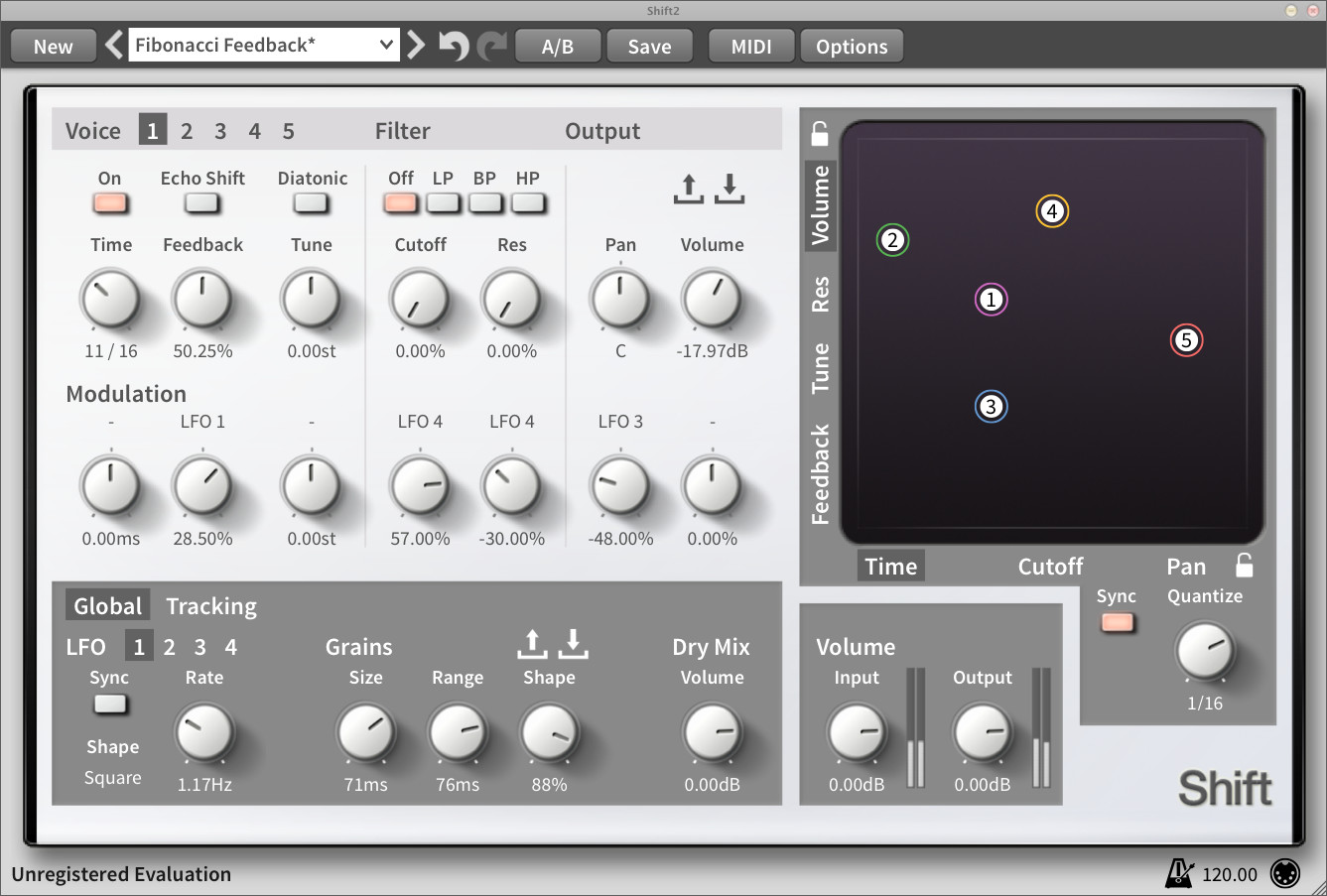

To get the most from these, call up a vocal part of your own in your DAW and use that as raw material. Vocal Treatmentsĭuring the mix process, vocals are often treated with either reverb or delay, or possibly a combination of both, so in the following section I'll work through some typical vocal delay treatments.

With the basics explained, let's work through some useful techniques. That's it in a nutshell, but the combination of those few parameters and the flexibility afforded by using delays as send effects open up a world of production effects and tricks. This approach not only conserves processing power when applying the same delay to multiple sources, but it allows you to treat the delayed part of the signal, separately from the original, with extra processing such as EQ or distortion and this allows you more creative freedom. You should be aware when adjusting the feedback parameter that high settings can result in the level of the processed signal increasing rapidly with each repeat, so if your monitoring levels are high, it pays to be careful!Īs with reverb, delay is most often applied as a send effect, rather than as an insert. (In an analogue delay, you could think of the electronics or the tape loop performing the same function as the memory in a digital delay.) Multiple echoes or 'repeats' of the programme material are produced by feeding a percentage of the delayed material back from the output of the delay buffer into the input. We refer to this time difference as the delay time. As the name suggests, the way in which delay processors work is quite simple: the programme material passes through a memory buffer and it is then recalled from the buffer a short time later. Note that I've used exaggerated effects levels in the examples, to highlight the sound of the delay.įirst, let's run through a quick overview to get any newbies up to speed.
MAKIGN SIMPLE DELAY PITCH SERIES
I'll be writing primarily about the sound of different delay configurations, and to make things easier to follow, I've created an illustrative series of audio examples (see ' Audio Examples' box for details). The aim of this article is to focus on the practical applications of delays, by looking at some ways they're typically used on vocals, guitars and synths. Why? Well, delay isn't only an effect in itself it's also one of the basic building blocks for many other effects, including reverb, chorus and flanging - and that makes it massively versatile. If I had to pick a single desert island effect, it would be delay. Delay forms the basis for a wide range of effects that can transform your tracks from dull and pedestrian to polished and professional.


 0 kommentar(er)
0 kommentar(er)
